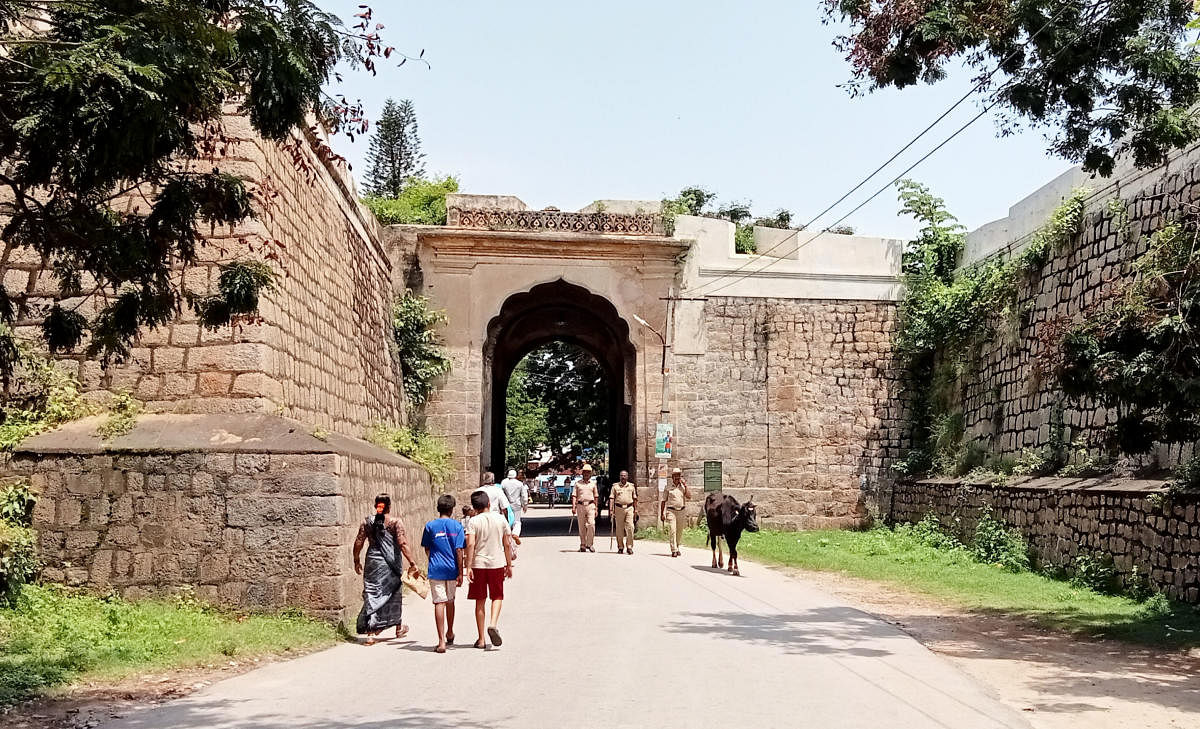
Aiming to create a complete database of all monuments in its jurisdiction, for the first time, the Archaeological Survey of India (Bangalore Circle) is preparing something called the “monument health card” for all 129 protected monuments across 17 districts in Karnataka.
While the ASI has designed the programme to check the current condition of all monuments, regional offices are responsible to gather data and document specifications of every monument in detail. “While the annual inspection of monuments only studies if the monument is strong enough, this year, we have been asked to prepare a card for every monument with complete details of the monument. It will contain a detailed description of the material used for construction, strength of the binding material, architectural style, and many other parameters,” said Bipin Chandra Negi, superintending archaeologist (ASI, Bangalore Circle).
Other major parameters documented are the status of the monument, a brief history, environment and surroundings along with drone shots and engineering aspects of the monument.
The data collected provides a clear picture of the strength of the monuments to help officials prioritise restoration or conservation work. “With complete details on hand, we can decide which works need to be taken up immediately and which can wait. Also, we can easily determine the nature of work required,” said a senior official from the archaeological department.
That apart, if the activity is carried out every year, it will also help determine the year-on-year degradation of the monuments and a study of this could suggest preventive measures to be put in place, the officials added.
Experts working in the field of restoration of monuments and archaeological structures opined that documenting such parameters in detail will help restore the structure in case of any damage.
“During restoration, if we have a brief history and architectural details along with the way it was constructed, we can redo the work using the same principles so that the design remains the same. This helps protect the uniqueness of the monument,” said Pankaj Modi, conservation architect with Intach.
Yet another architect who has worked on restoration projects said that the history of the era and documentation of monuments will help differentiate one monument from another, which in turn helps protect the integrity of the monument.